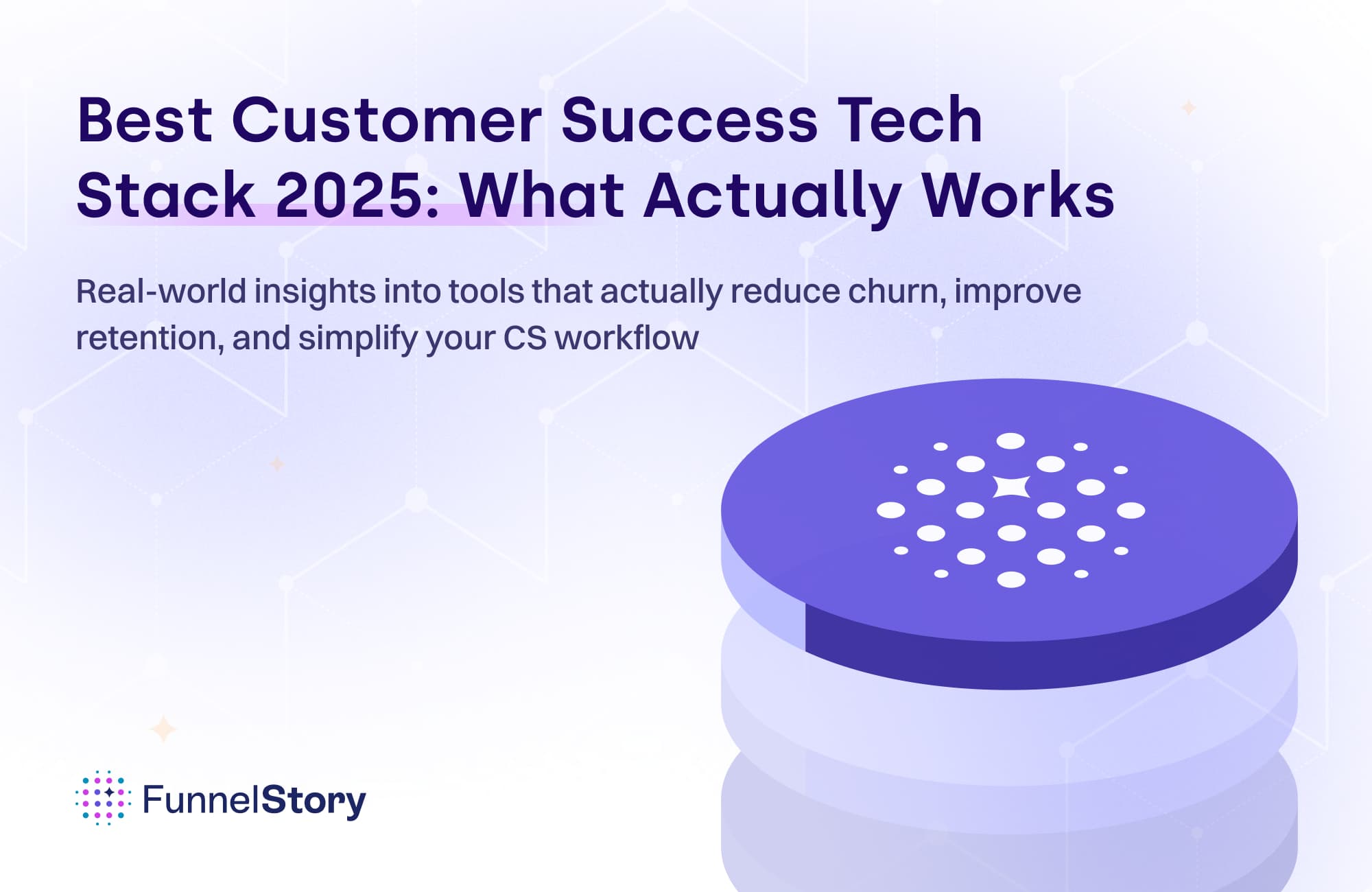In this article
ARR vs. MRR: Which Metric Matters Most for Your SaaS Business?
Learn the difference between ARR and MRR, and how CS leaders use these metrics to track revenue health and predict churn.

By Pulkit Banta
Frontend Developer
Sep 11, 2025
3 min read
If you run a SaaS business, you probably hear a lot about ARR and MRR. These are two of the most important metrics for tracking growth and financial health. But which one matters more? The answer depends on your goals, stage of growth, and how you manage customer relationships.
This guide explains what ARR and MRR are, how they differ, and when you should focus on each.
What Are ARR and MRR?
ARR (Annual Recurring Revenue)
ARR is the total amount of recurring revenue your business expects over 12 months. It’s a long-term view and is often used to track overall growth or valuation.
For example, if you have 100 customers paying $1,000 per month, your ARR is:
100 × $1,000 × 12 = $1,200,000
ARR helps investors, leadership teams, and strategic planners see how your business is scaling over the year.
MRR (Monthly Recurring Revenue)
MRR is the total amount of recurring revenue you expect each month. It’s a short-term, more granular view of performance.
Using the same example above:
100 × $1,000 = $100,000
MRR shows how your business is growing month over month, and it helps teams track immediate trends, such as upsells, churn, or new customers.
Key Differences Between ARR and MRR
Feature | ARR | MRR |
Timeframe | Annual | Monthly |
Best for | Long-term growth and valuation | Short-term tracking and forecasting |
Used by | Investors, leadership teams | Sales, Customer Success, and finance teams |
Sensitive to changes | Less frequent | Highly responsive |
Both metrics are linked. MRR trends eventually shape your ARR, and ARR helps set goals for what your MRR should be.
Which Metric Matters More?
Early-Stage SaaS
If you’re a startup or scaling quickly, MRR is often more useful. It helps you spot changes fast. If you’re losing customers or growing unexpectedly, you’ll know right away.
Growth and Planning
Once you’ve established a steady customer base, ARR becomes more important. It helps you forecast revenue, secure investment, and plan resource allocation.
Different Teams, Different Needs
Sales teams look at MRR to track how each month’s bookings are doing.
Finance teams use ARR to plan budgets and forecast future income.
Customer Success teams monitor MRR changes to spot risks like churn or upsell opportunities.
When to Use Both
The best approach is not to pick one over the other but to use both together. Here’s how:
Track MRR weekly or monthly to catch problems early.
Use ARR quarterly or annually to set growth targets and measure progress.
Watch how changes in MRR affect ARR to align short-term actions with long-term strategy.
How FunnelStory Helps
At FunnelStory, we help SaaS businesses get the most out of both metrics. Our platform:
Unifies data from multiple sources to give you accurate MRR and ARR numbers.
Links revenue trends with customer health, so you know why MRR is fluctuating or what’s impacting ARR.
Predicts future churn and expansion, helping you act before changes in MRR affect ARR.
Maps the customer journey, showing how onboarding, usage, and support affect recurring revenue.
By connecting ARR and MRR with customer behavior, FunnelStory helps teams move beyond numbers and make smarter, data-backed decisions.
Conclusion
Both ARR and MRR are vital for understanding and growing your SaaS business. MRR helps you track what’s happening now. ARR helps you plan for the future.
The best SaaS businesses monitor both, learn from patterns, and act quickly when problems arise. With the right tools, you can connect the dots between customer experience and revenue, reduce surprises, and build a more predictable path to growth.
Focus on the right metric at the right time-and align your teams around data that matters.





